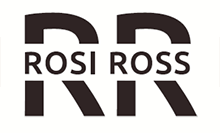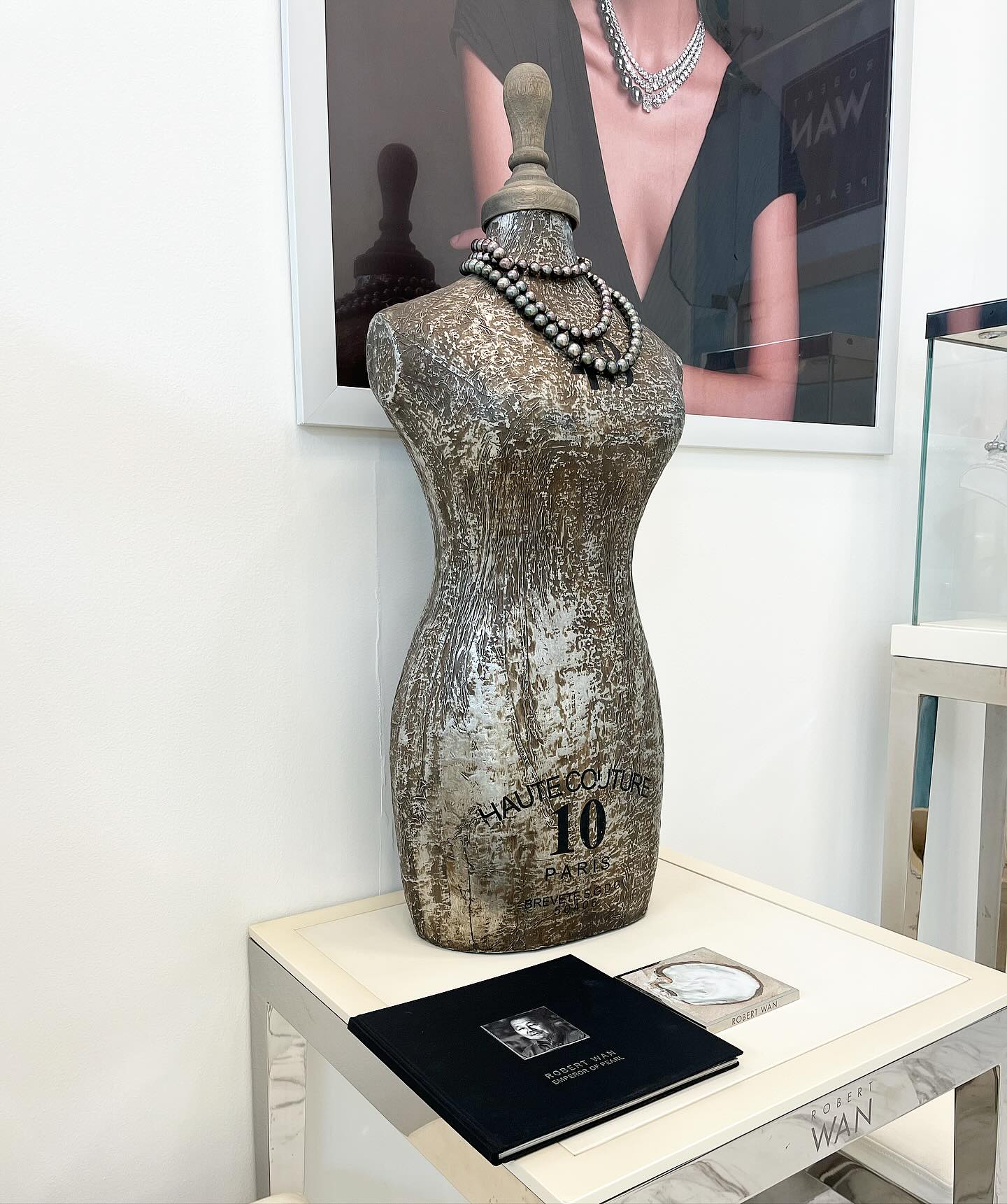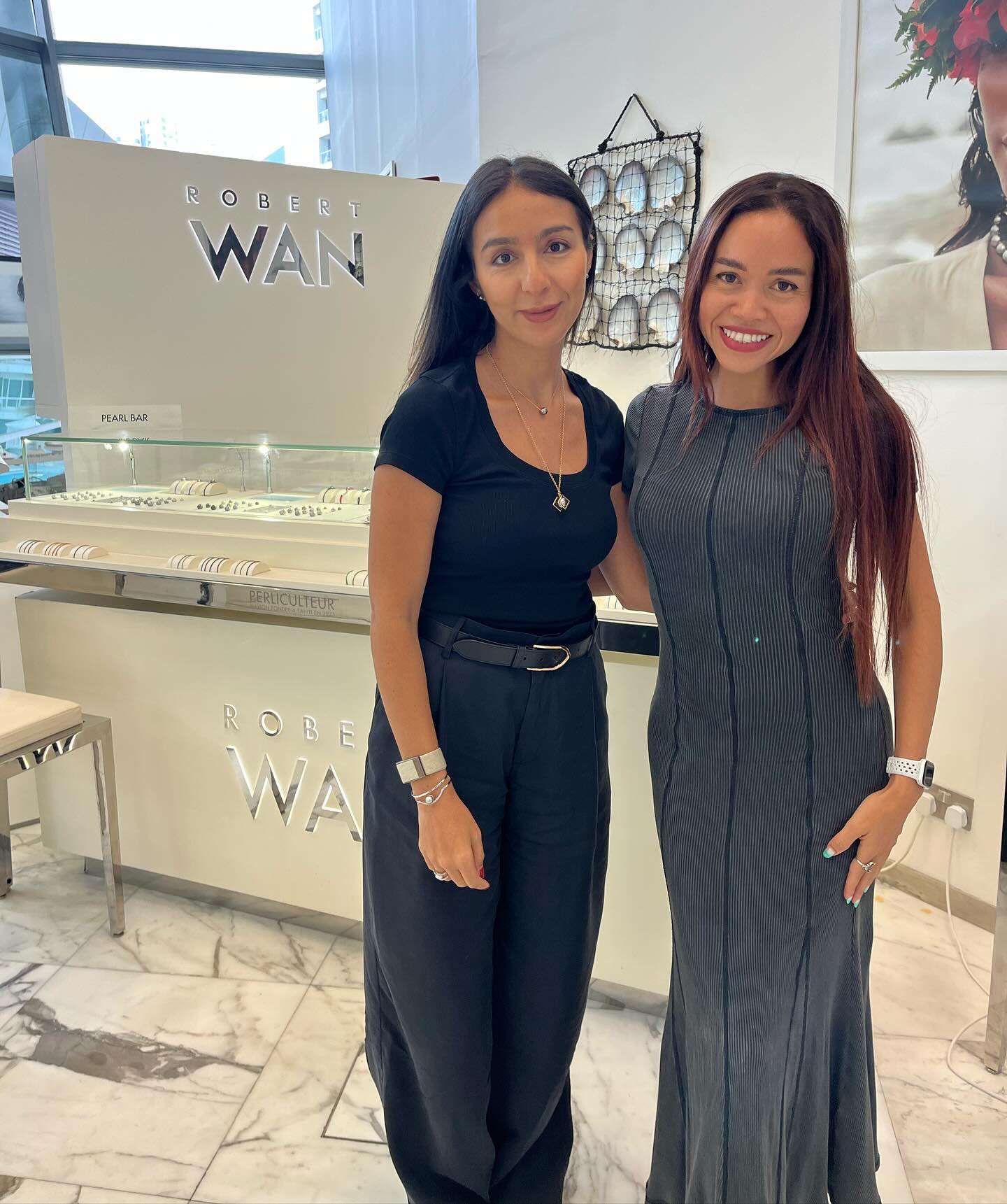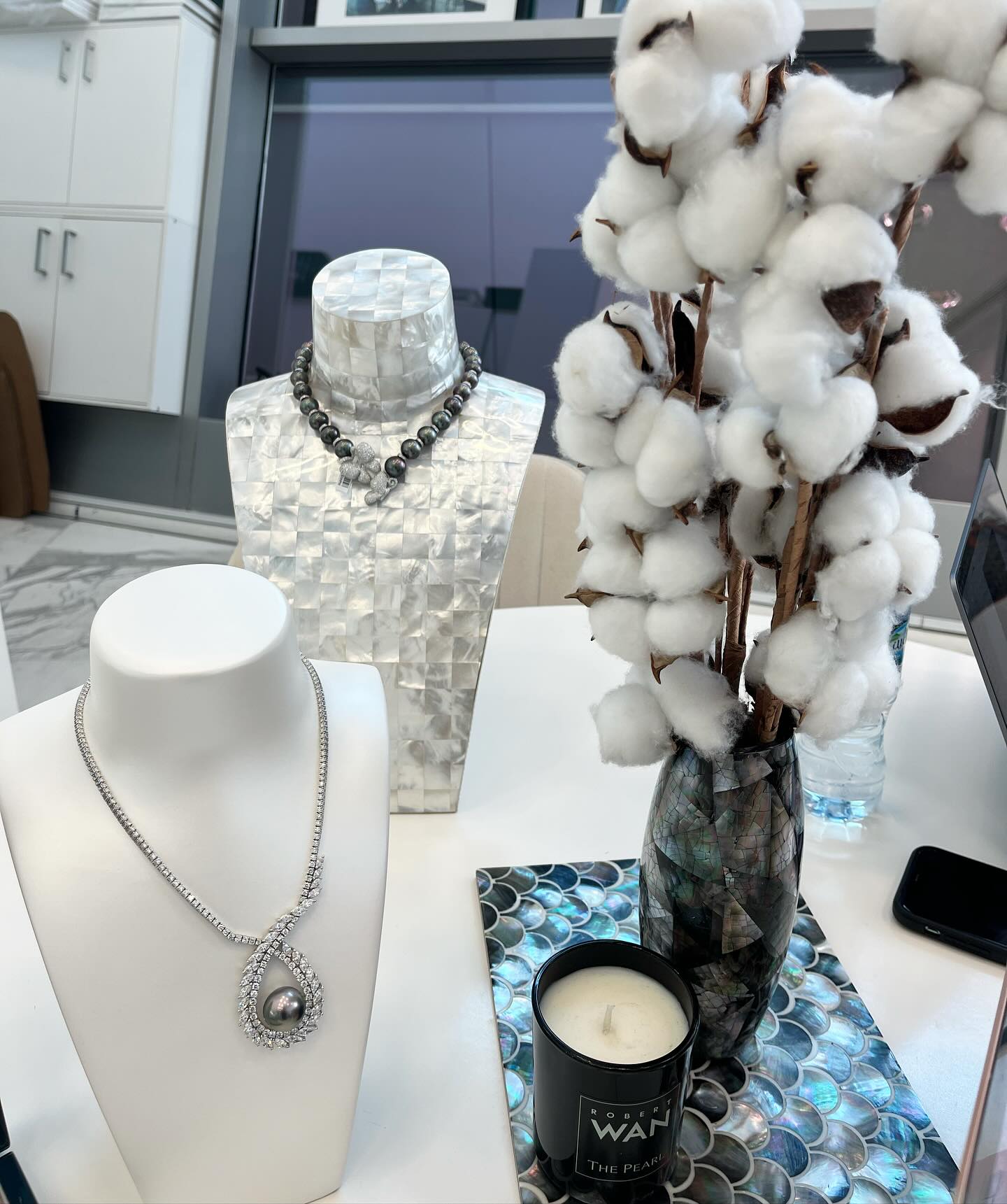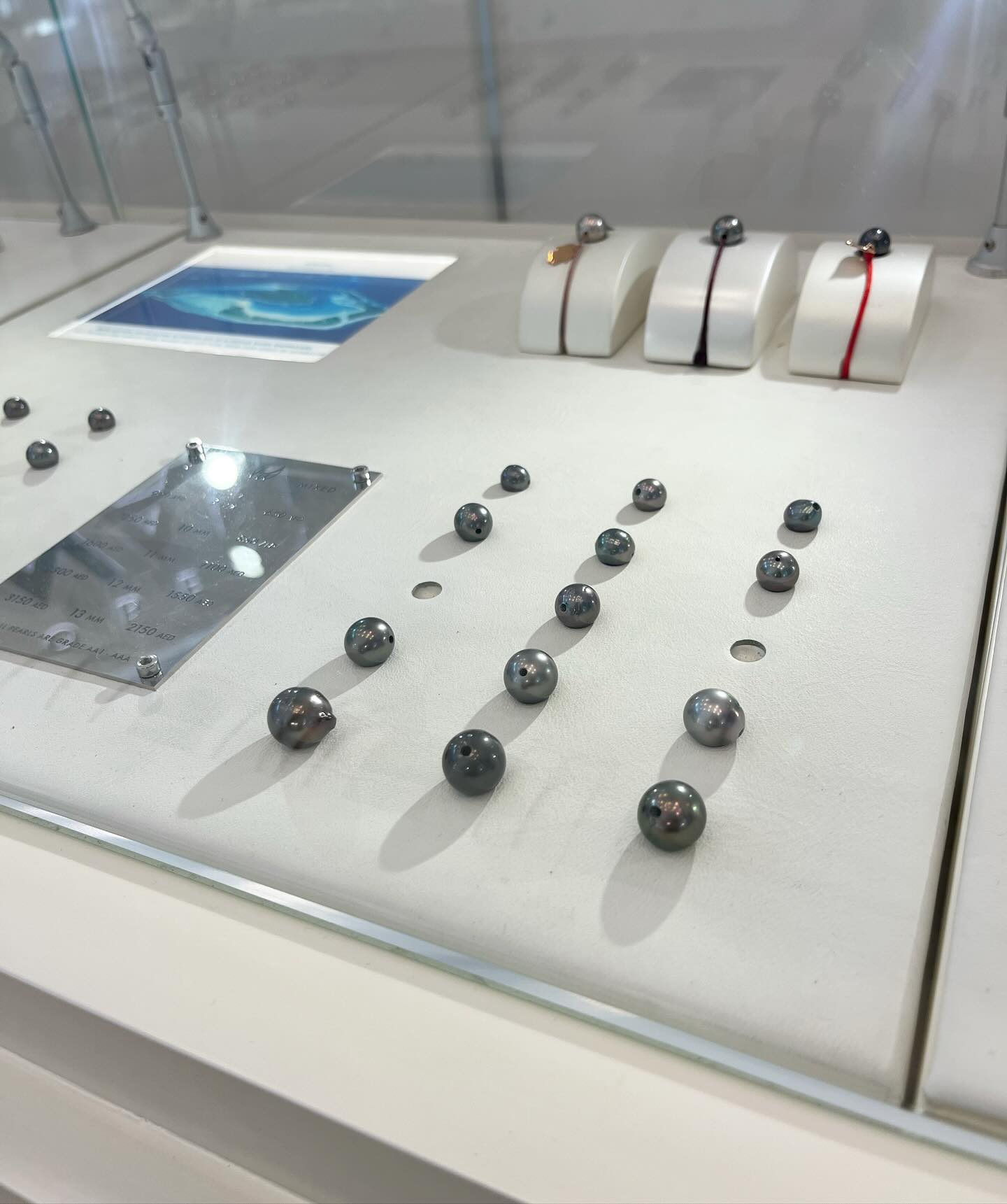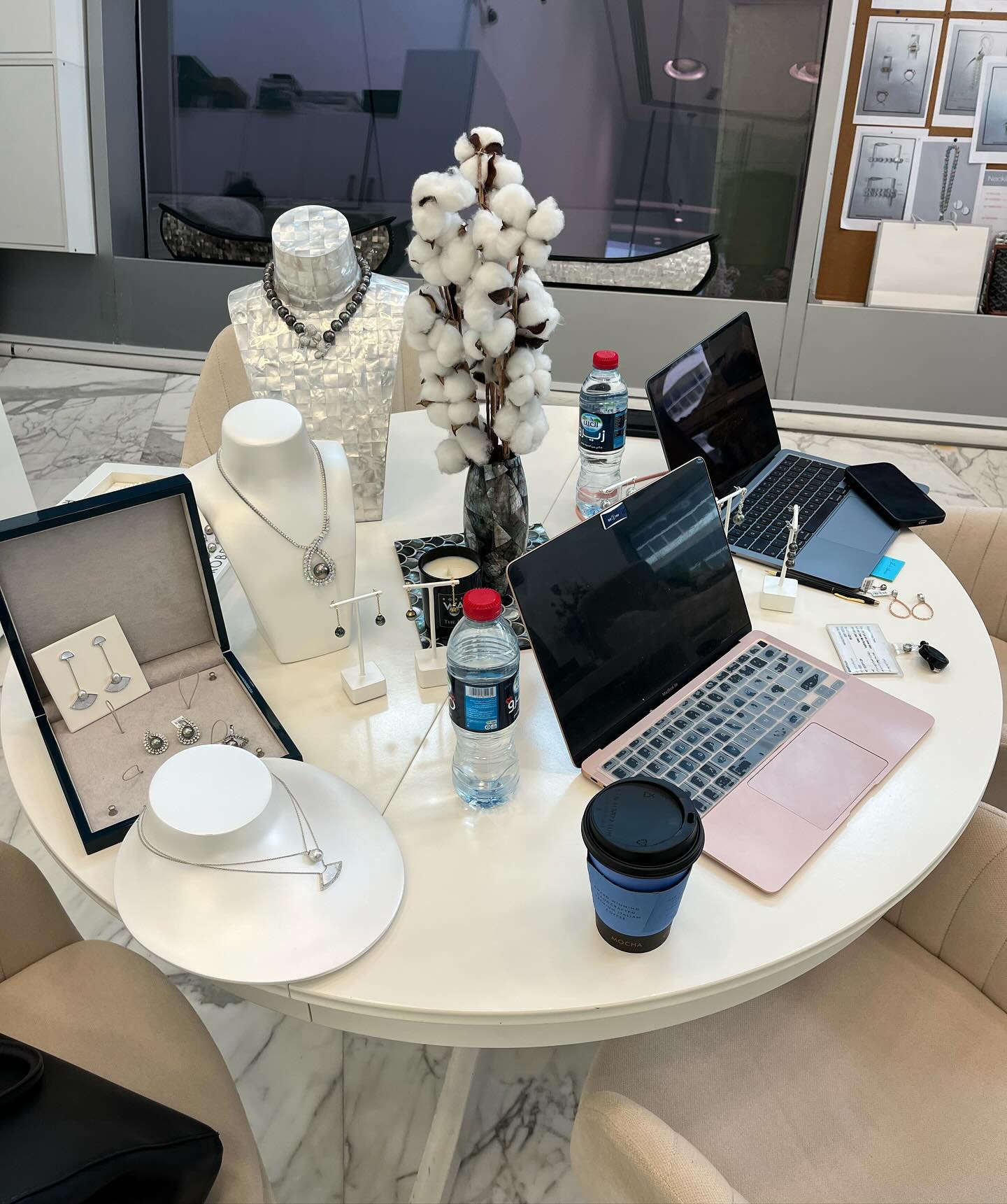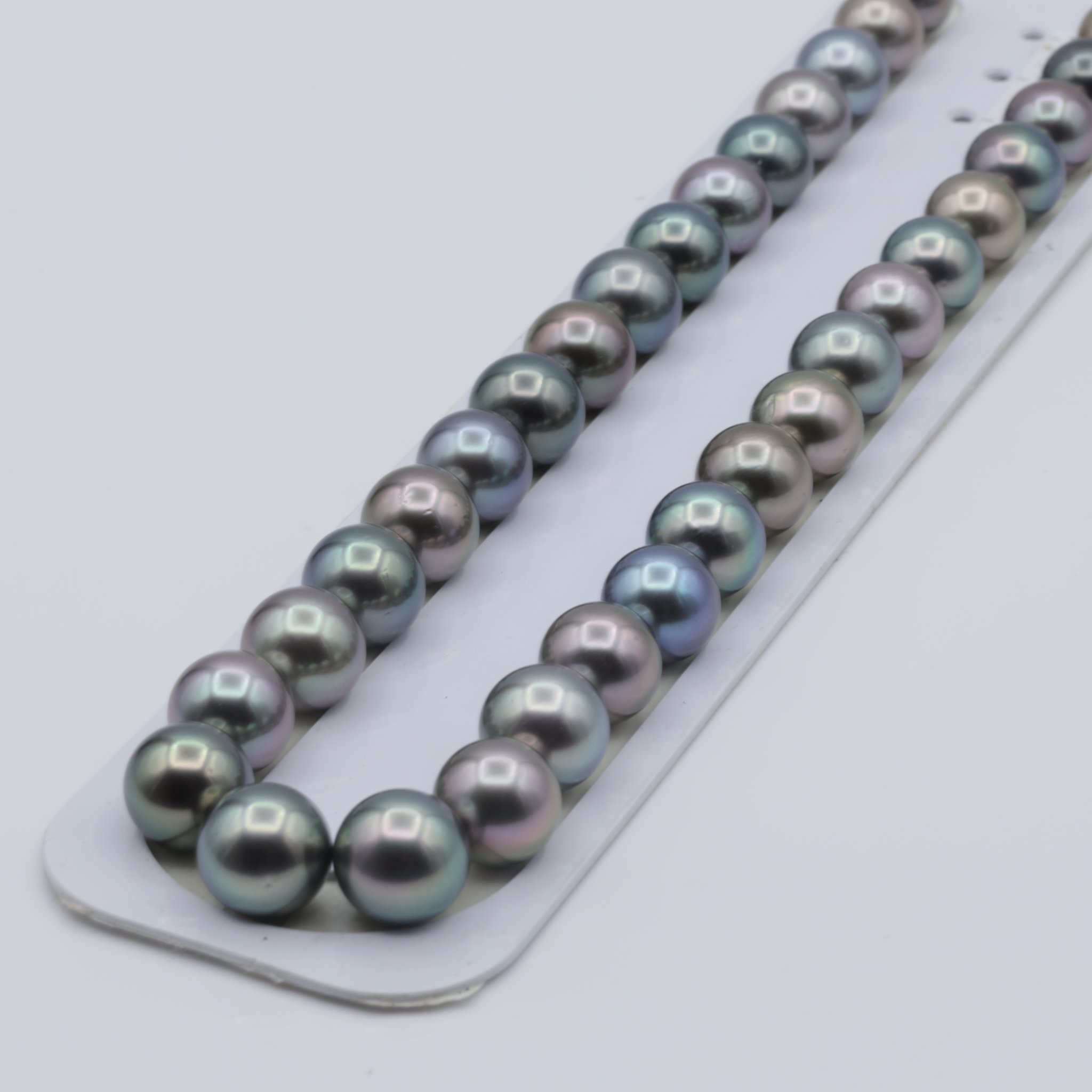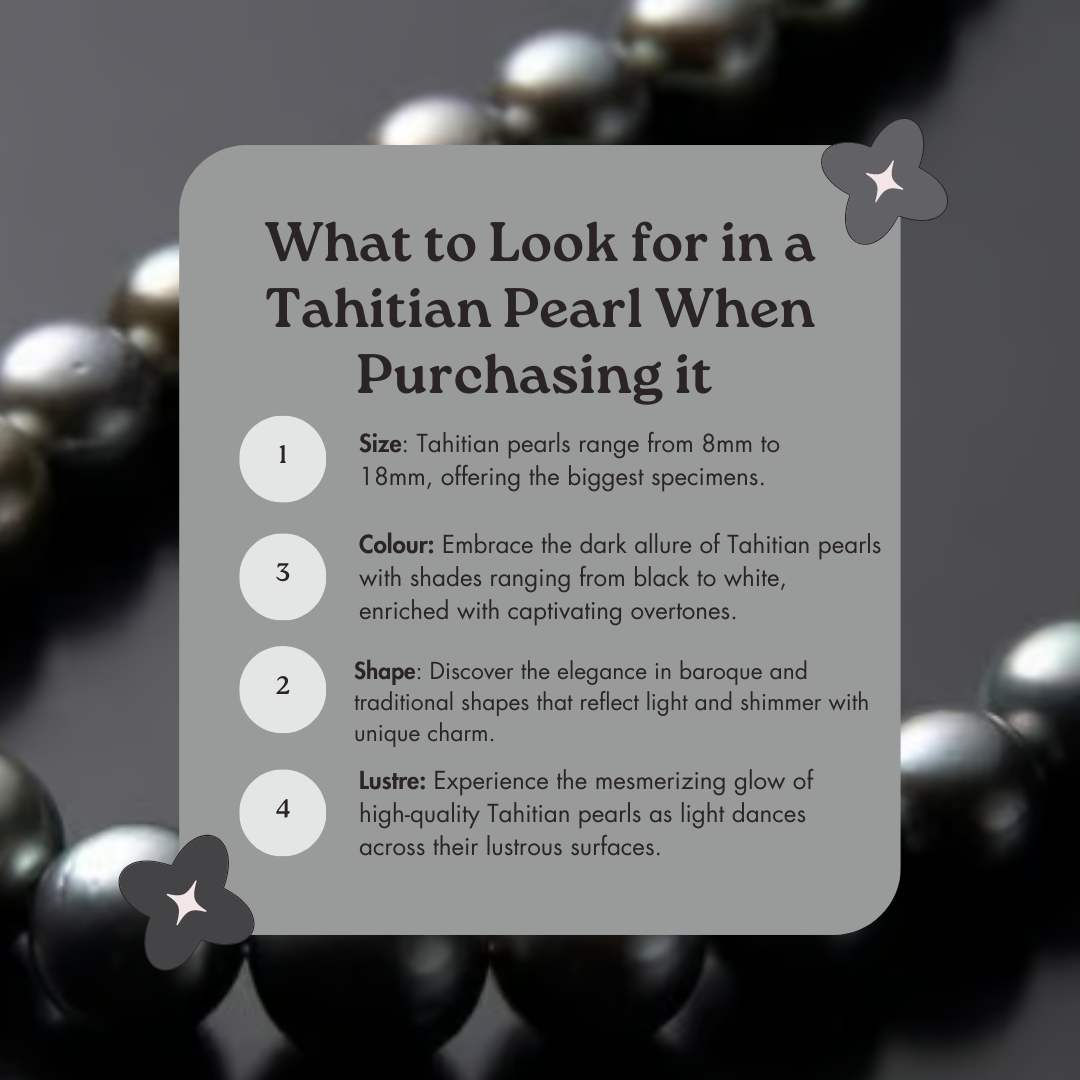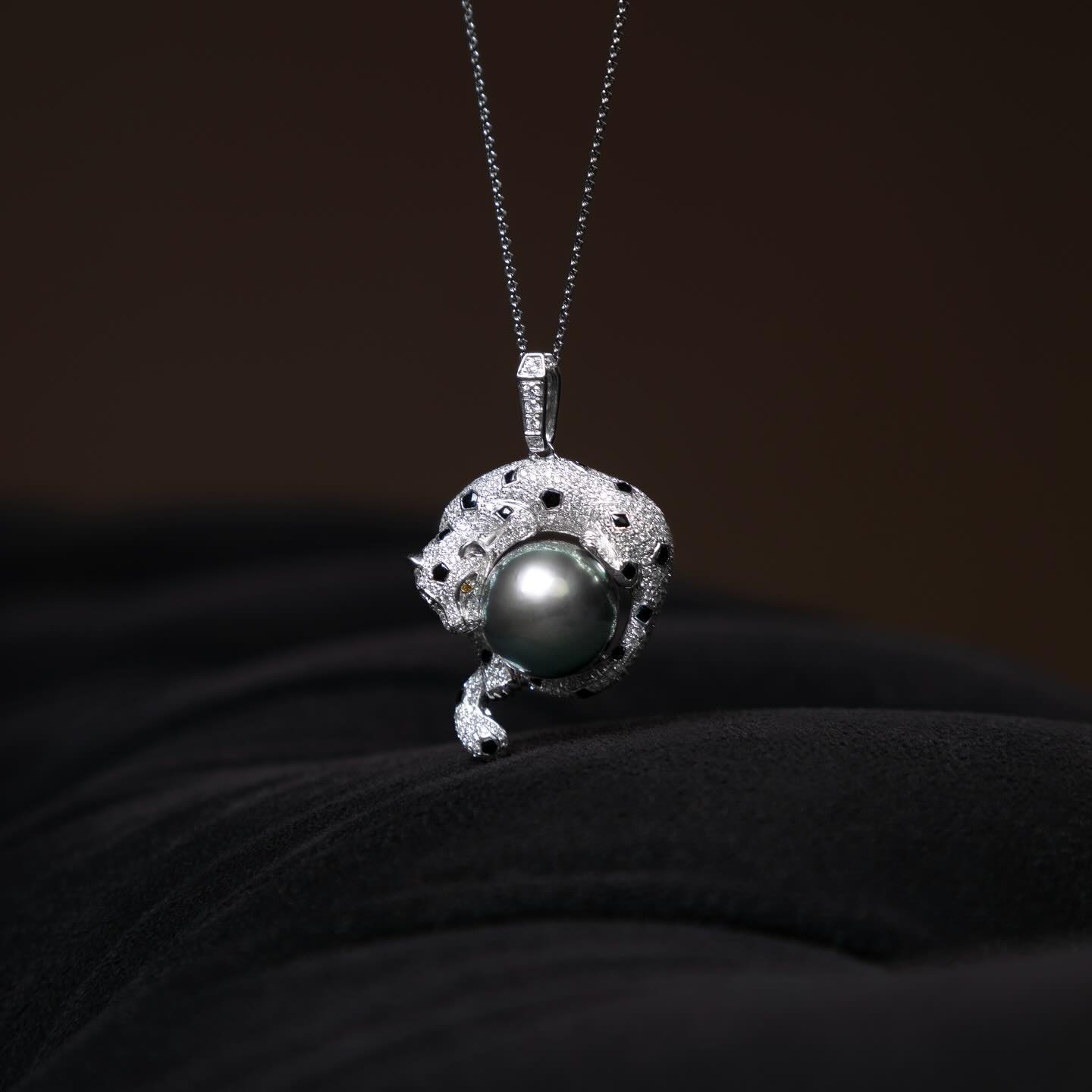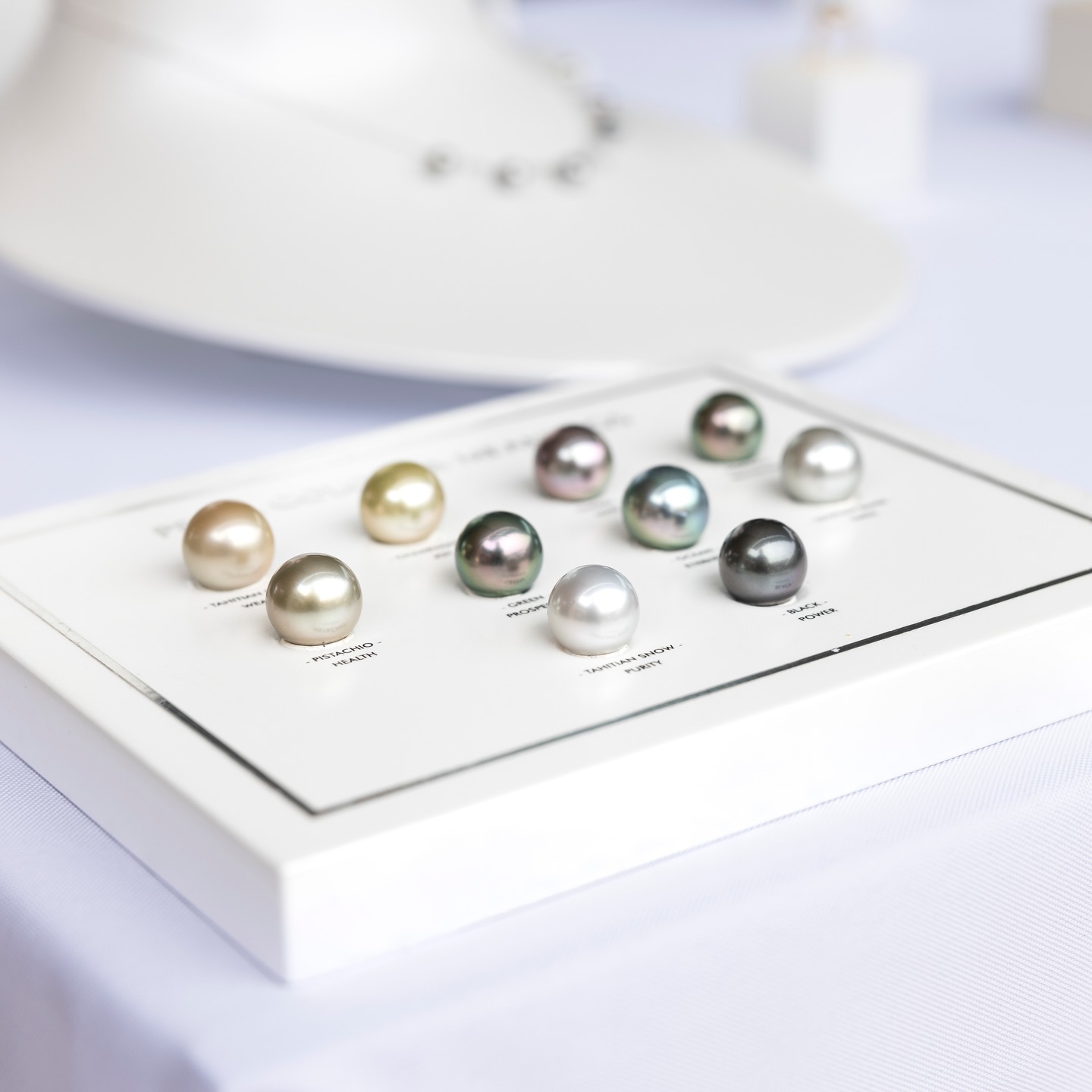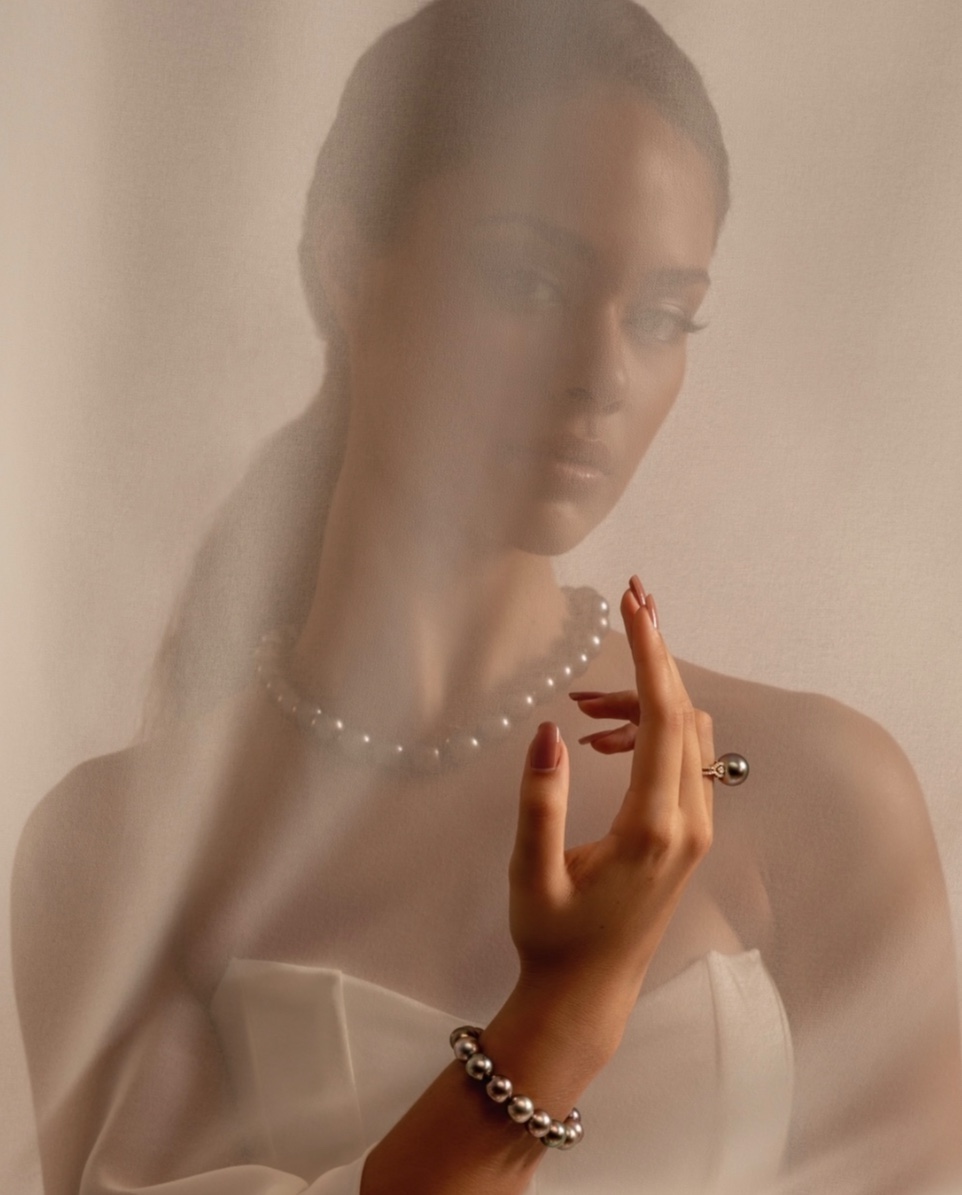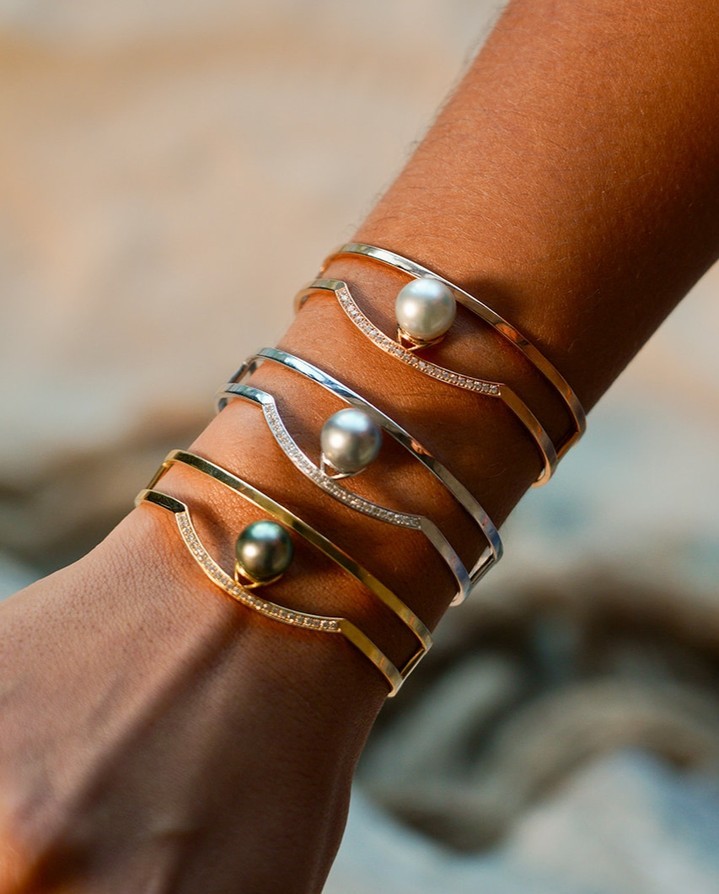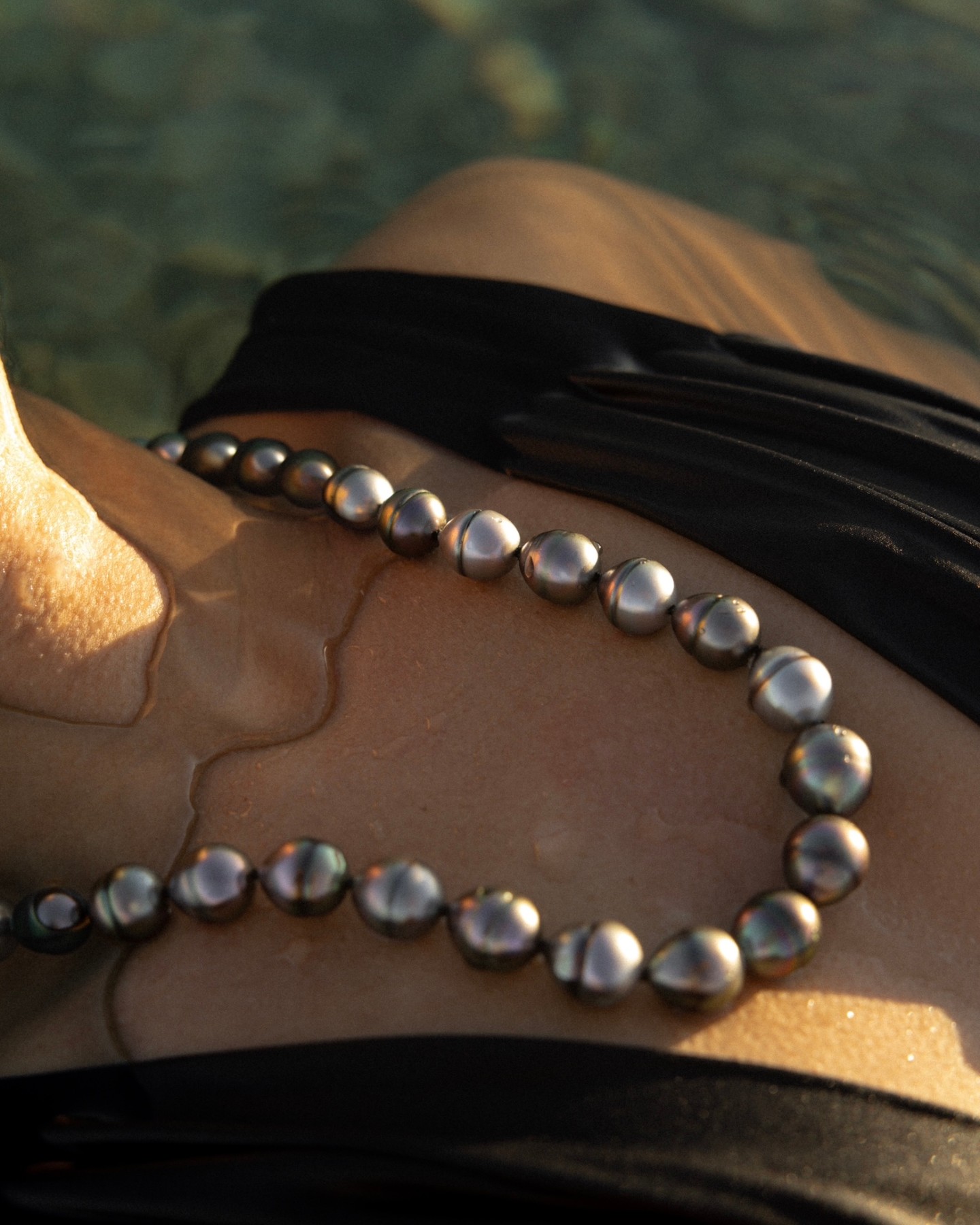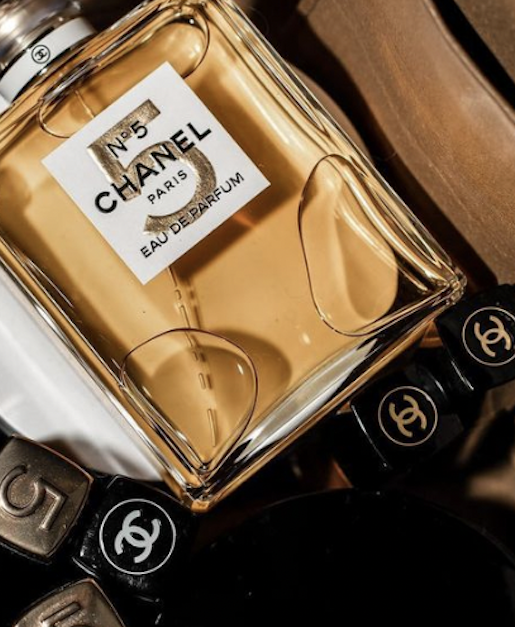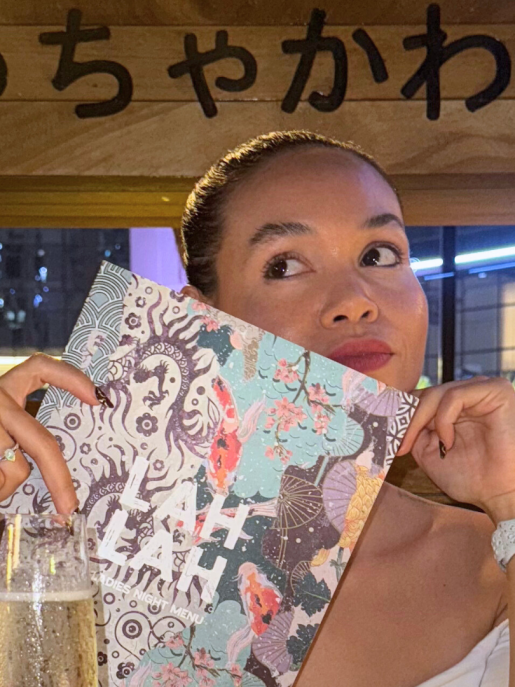Few gems in the world of luxury possess the same enduring elegance as pearls. Coveted for centuries, pearls have adorned royalty, graced the necks of Hollywood’s elite, and remained a symbol of sophistication and wealth. But beyond their aesthetic appeal, pearls are one of nature’s most fascinating treasures—organic gems formed through a delicate and meticulous process that blends artistry with science. Among the masters of pearl cultivation, one name stands above the rest: Robert Wan. Known as the Emperor of the Tahitian Pearl, Robert Wan has dedicated his life to perfecting the craft of pearl farming, producing some of the most exquisite pearls on the planet. His name is synonymous with quality, rarity, and an uncompromising commitment to excellence.
For those with a discerning eye, selecting the perfect pearl is an art form that requires an understanding of the factors that define value and desirability. While mainstream jewelry markets are flooded with mass-produced and lower-grade pearls, true connoisseurs recognize the unparalleled beauty of naturally cultivated, investment-grade pearls. With a legacy built on integrity and innovation, Robert Wan pearls set the benchmark for the highest industry standards, making them the ultimate choice for collectors, investors, and lovers of rare, natural beauty.
Robert Wan is a name that resonates deeply within the world of high jewelry and luxury pearls. Born in Tahiti, Wan’s passion for pearls began in the 1970s when he saw an opportunity to elevate the value of the Tahitian pearl, which was relatively unknown at the time. Unlike the more famous Akoya pearls from Japan or the abundant freshwater pearls from China, Tahitian pearls possessed a unique and mysterious beauty, distinguished by their exotic colors, deep luster, and larger size. Recognizing the potential of these pearls to rival the most coveted gemstones, Wan dedicated himself to revolutionizing the industry. He established some of the most advanced pearl farms across the remote atolls of French Polynesia, implementing scientific techniques to refine pearl cultivation while respecting the natural environment.
Wan’s success was not immediate. The Tahitian pearl industry faced challenges from skeptics who questioned whether these dark-hued pearls could compete with the classic white pearls favored in high jewelry. However, Wan’s dedication to quality and innovation changed perceptions. By introducing meticulous quality control, extending cultivation periods to enhance luster, and promoting Tahitian pearls in the global luxury market, he positioned them as some of the most valuable and desirable pearls in the world. Today, RW is recognized not only as the leading name in Tahitian pearls but also as a key player in shaping the modern pearl industry. His contributions have elevated pearls to investment-worthy status, ensuring their place among the most prized luxury assets.
Inside Robert Wan’s Office: The Ultimate Pearl Experience
Dubai is known for its affinity for luxury, and Robert Wan’s office at DMCC is a reflection of that. Located in the heart of one of the world’s most prestigious free zones for the diamond, gold, and pearl trade, the Robert Wan showroom is nothing short of spectacular. Designed with elegance and sophistication, the space embodies the essence of his brand—blending modern luxury with the timeless beauty of pearls.
Stepping into the Robert Wan office is like entering a pearl sanctuary. The interior is adorned with shimmering displays of the finest Tahitian pearls, each carefully curated to showcase their natural beauty. The ambiance is refined yet inviting, allowing clients to immerse themselves in the art of pearl selection. The showroom features exclusive collections, including rare, investment-grade pearls that have been hand-selected by Wan himself. Each pearl tells a story—its formation, journey, and transformation into a masterpiece of high jewelry.
One of the most remarkable aspects of the Robert Wan experience at DMCC is the bespoke service offered to clients. Investors, collectors, and jewelry enthusiasts can schedule private consultations to learn about the nuances of pearl grading, the investment potential of certain pieces, and the significance of various colors and shapes. This level of personalized service is rare in the jewelry industry and speaks to Wan’s commitment to educating and guiding clients toward making informed decisions. For those who appreciate luxury and craftsmanship, a visit to Robert Wan’s Dubai office is more than just a shopping experience—it is an immersion into the world of one of the most exquisite natural gems.
The Five Key Elements of Selecting the Perfect Pearl
Understanding how to select the perfect pearl requires knowledge of the key factors that determine its quality. Pearls are graded based on several criteria, each contributing to their overall beauty and value. According to Robert Wan, these five elements are essential when evaluating a pearl’s desirability:
Luster is the defining characteristic of a high-quality pearl and is often described as its “inner glow.” Unlike other gemstones that rely on external polishing to shine, pearls achieve their brilliance through layers of nacre, the natural substance secreted by the oyster. The deeper and more uniform the nacre, the stronger the luster. High-quality pearls should have a sharp, mirror-like reflection, almost as if light is emanating from within. Wan’s pearls are distinguished by their exceptional luster, which is achieved through careful farming techniques and extended cultivation periods.
Surface quality is another critical factor. While pearls are organic and naturally formed, the presence of blemishes, pits, or irregularities can affect their value. A flawless pearl is exceedingly rare, and even the highest-grade pearls may have minor imperfections. However, Robert Wan’s selection process ensures that only pearls with the cleanest surfaces make it into his collections. A pearl’s surface should be smooth to the touch and free from noticeable imperfections that disrupt its natural beauty.
Shape plays a significant role in determining the value of a pearl. While pearls come in a variety of shapes—round, oval, drop, button, and baroque—the most sought-after and valuable are perfectly round pearls. Achieving a near-spherical shape is an anomaly in nature, making these pearls incredibly rare. However, baroque and uniquely shaped pearls have gained popularity in contemporary jewelry design, offering a more artistic and unconventional aesthetic. Robert Wan’s collections feature a mix of classic round pearls and extraordinary baroque pieces that showcase the full spectrum of pearl formation.
Color is one of the most captivating aspects of Tahitian pearls. Unlike traditional white pearls, Tahitian pearls boast a mesmerizing array of natural colors. From deep blacks and rich greens to iridescent blues and aubergines, each pearl possesses a unique undertone that shifts in different lighting conditions. The most desirable colors are those with a rich depth and vibrant overtones, often resembling the shimmering hues found in the ocean at sunrise or sunset. Robert Wan’s expertise in cultivating pearls with striking colors has made his brand the gold standard in the industry.
Size also contributes to a pearl’s value. While most Tahitian pearls range between 8mm and 12mm, the rarest and most valuable can exceed 16mm. Larger pearls require more time to develop, making them significantly rarer. Robert Wan has produced some of the largest and most luminous Tahitian pearls ever recorded, often fetching premium prices among collectors and jewelry enthusiasts.
Pearls as an Investment: A Hidden Gem in the Luxury Market
While gold and diamonds have long dominated the world of luxury investments, pearls remain an often-overlooked yet highly valuable asset. Unlike mined gemstones, which are extracted from the earth, pearls are formed through a natural biological process, making each one unique and irreplicable. This rarity adds to their investment appeal. However, unlike gold, which is traded on financial markets, or diamonds, which have an established resale system, pearls require a deeper understanding of value, quality, and provenance.
One of the reasons pearls are an emerging investment trend is their increasing rarity. High-quality natural pearls are difficult to cultivate, requiring specific environmental conditions and meticulous care. With climate change affecting ocean ecosystems, the production of premium pearls has become more challenging, leading to a decline in supply. This scarcity is driving up the value of investment-grade pearls, particularly those from reputable sources like Robert Wan.
Another factor influencing the investment appeal of pearls is their historical significance and growing demand in the luxury sector. For centuries, pearls were considered the ultimate symbol of status and refinement. In the early 20th century, natural pearls were more valuable than diamonds, worn by royalty, aristocrats, and elite socialites. However, with the rise of cultured pearls in the mid-1900s, their market dynamics shifted. Today, as consumers become more interested in ethically sourced and sustainable luxury items, pearls are experiencing a resurgence. Major brands like Chanel, Dior, and Mikimoto are incorporating pearls into their collections, further increasing their desirability among modern buyers.
Unlike gold, which is often stored as bullion, or diamonds, which are typically set in high-value jewelry, pearls offer an investment that combines beauty with practicality. Owning a set of high-quality Tahitian pearls is not just about financial appreciation; it is about possessing a wearable asset that exudes sophistication. This aspect makes pearls particularly appealing to collectors who value both aesthetics and monetary growth.
Pearls are such an underrated investment compared to gold and diamonds, and it’s mostly because of how the market perceives them. Unlike gold, which has a fixed value, or diamonds, which follow a structured pricing system, pearls are valued based on individual factors like luster, size, and color—so there’s no universal price chart, which makes things less transparent for investors. Plus, reselling pearls isn’t as straightforward as gold or diamonds; you need the right connections in the luxury jewelry world. For a long time, pearls have been seen more as a fashion statement rather than a serious asset, but that’s starting to change as people realize their rarity and increasing value. And unlike gold, which can be mined indefinitely, or lab-grown diamonds that are flooding the market, high-quality pearls take years to form and can’t be mass-produced. That natural limitation makes them incredibly scarce and valuable in the long run—it’s just that not enough people are paying attention yet.
Beyond their aesthetic appeal, pearls are emerging as one of the most promising luxury investments. While diamonds, sapphires, and rubies have long dominated the investment gem market, pearls offer a unique value proposition—rarity, sustainability, and historical significance. The scarcity of high-quality pearls, combined with rising demand among collectors, has positioned them as a sought-after asset in the world of high jewelry.
One of the primary reasons pearls are becoming an attractive investment is their increasing rarity. Unlike diamonds, which can be mass-mined and artificially produced in laboratories, pearls require precise environmental conditions and extended cultivation periods. With changes in ocean temperatures, pollution, and stricter pearl farming regulations, the production of high-quality pearls is becoming more limited. As a result, natural, untreated pearls—particularly those from trusted sources like Robert Wan—are appreciating in value over time.
Another factor contributing to the growing investment appeal of pearls is their cultural resurgence. Once considered a traditional gemstone associated with vintage elegance, pearls are now being redefined in contemporary fashion. Major luxury brands such as Chanel, Dior, and Mikimoto have incorporated pearls into their high-jewelry collections, driving renewed interest among younger buyers. Additionally, pearls have become increasingly gender-neutral, worn by celebrities and influencers across different style spectrums. This resurgence is influencing demand and driving up the value of rare, high-quality pearls.
As the luxury industry shifts towards more sustainable and ethically sourced gemstones, pearls are expected to play an even more prominent role in high jewelry. Their organic origin, combined with their timeless elegance, makes them a compelling alternative to mined gemstones. Robert Wan’s commitment to excellence and environmental responsibility further solidifies his position as the leading authority in the pearl industry. In a world of fleeting trends, pearls remain an enduring symbol of sophistication, making them one of the most treasured gems in the modern era.
